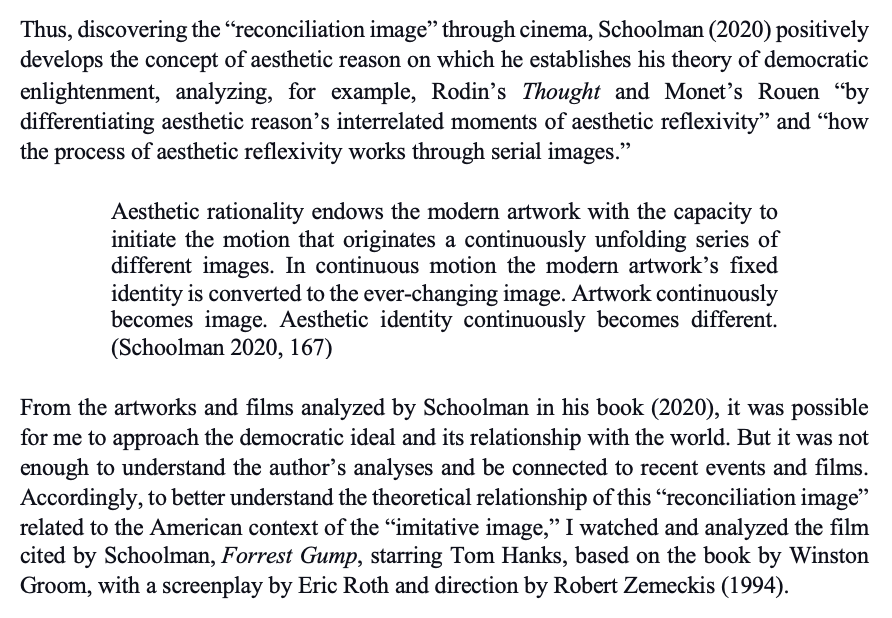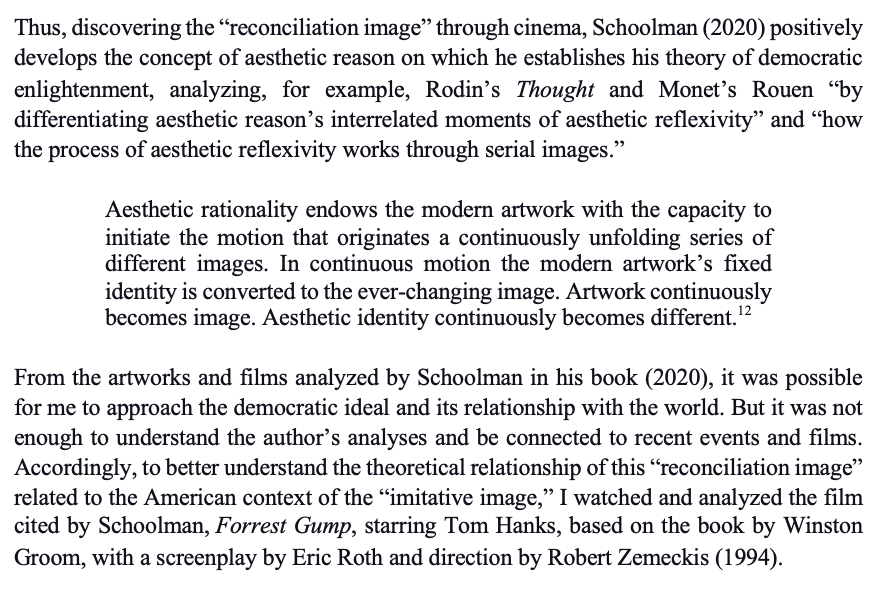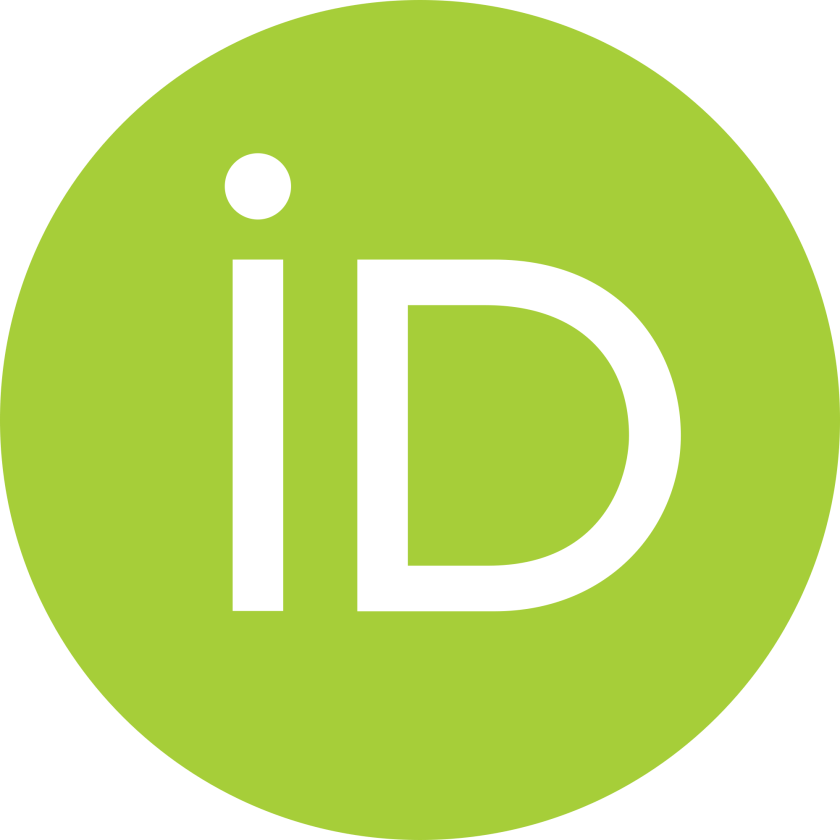Papers should be submitted to editorial@artstyle.international.
Language: American or British English.
Everything written should be proofread.
Required structure of the extended essay and scholarly article:
Title; abstract with approx. 300 words (280–300); 3 to 5 keywords; introduction; body of the extended essay or scholarly article; conclusion; author biography (at least 150 words), endnotes (should be kept to a minimum), bibliography (only authors cited in the text should be referred to in the bibliography). The extended essay must be of a word count of minimum 4,000 and maximum 5,500 (excluding endnotes and bibliography), and scholarly articles with a limit of 8,000 words (excluding endnotes and bibliography).
Page setup A4 (210 by 297 mm) in Microsoft Word format (.docx).
Title: Times New Roman 16 pt, flush left (headline-style capitalization). Effective research paper titles are usually around 10-12 words in length and utilize descriptive language to accurately convey the central content of the paper.
Sub-section Heading: Times New Roman 14 pt, flush left.
Abstract: with approx. 300 words (280–300); 3 to 5 keywords. Times New Roman 11 pt. Line spacing: 1.15, justified. An abstract does not include references or citations. While the abstract may not mention references and citations, they are required for the scholarly article or extended essay. These acknowledge previous work in the same field that deals with similar topics, concepts, and content (see Tips for Writing an Abstract).
Text body: introduction; body of the extended essay or scholarly article; conclusion. Times New Roman 11 pt. Line spacing: 1.15, justified. Quotations: more extended quotations should be single-spaced and separated from the text.
Please use curly apostrophes or quotation marks in your document. They are more appreciated for better typography. Please proofread your document and remove straight or non-English apostrophes or quotation marks.

The Chicago Manual of Style recommends that “periods and commas precede closing quotation marks, whether double or single.” For example:

Translation of a quoted passage and titles
Authors presenting their translations should indicate in parentheses after the translation or in a note “my translation.” If the translation is by someone else, the name must be indicated.
In general, titles that are well known in their English translation can be cited in English first, with the original title in parentheses.
Italics are used for isolated words and phrases from another language, especially if they are not listed in a standard English-language dictionary like Merriam-Webster’s Collegiate
Figures
Illustrations or figures should be included in an article or essay to visually represent the subject being discussed. It is important that the figures are relevant and add value to the content. Images are required—color or monochrome—in RGB color mode. Please, set the resolution of images destined for web pages to 72dpi, and save images in .jpg or .png format only. Resolution: between 1500 and 2500 pixels wide. Don’t enlarge a small image to avoid pixelated images. The related images to incorporate into your paper should have permission from the image owner or use pictures in the public domain. You can choose royalty-free photos with a Creative Commons or similar license. Otherwise, you can create some images of your own. The editorial team will evaluate the images, and choose the most appropriate. The images are the authors’ sole responsibility. All images published by Art Style, Art & Culture International Magazine are available under a Creative Commons Attribution License (CC BY-NC-SA 4.0).
Captions for figures: Times New Roman 10 pt.
Works of art can be cited using this format:
Figure 1. Artist’s name, Title, Date, Medium, and support. City, Collection. License information.
Please, include the publication citation for where the artwork’s image was found unless you have viewed the artwork in person. Any image that is being reproduced publicly should consider adding copyright information, i.e., who owns the right to an image or if it is under a Creative Commons Attribution License (CC BY-NC-SA 4.0).
In-text, the word figure is set in roman, lowercased, and spelled out except in parenthetical references, where the abbreviation (fig.) may be used, or the word Figure is capitalized whenever it appears with a number, or abbreviated in parenthetical references (Fig. 1). All text references to them should be by the numbers: “as figure 1 shows . . .”; “compare figures 4 and 5,” as Figure 2 shows, (Fig. 3) or (fig. 4).
Italics versus quotation marks
Titles of journals, magazines, pamphlets, reports, and similar freestanding publications are, like books, italicized when mentioned or cited in text or notes.
Titles of articles and features in periodicals and newspapers, chapter and part titles, titles of short stories or essays, and individual selections in books are set in headline-style and enclosed in quotation marks.
Titles of movies (or films) and movie series and of television, radio, and podcast programs and series are italicized. A single episode in a television, radio, or podcast series is set in roman and enclosed in quotation marks.
Titles of paintings, drawings, photographs, statues, and other works of art are italicized. Titles of world’s fairs and other large-scale exhibitions and fairs are capitalized but not italicized. Smaller exhibitions (e.g., at museums) and the titles of exhibition catalogs (often one and the same) are italicized.
Titles of websites and blogs mentioned or cited in text or notes are normally set in headline-style.
For more information, please see The Chicago Manual of Style.
Citing sources in the text rather than in the notes:
The notes allow space for unusual types of sources as well as for commentary on the sources cited, making this system extremely flexible. Because of this flexibility, the notes and bibliography system is preferred by many writers in literature, history, and the arts. As long as a consistent style is maintained within any one work, logical and defensible variations on the style are acceptable.
A helpful tip to decrease the quantity of notes is to include source citations (usually in parentheses) within the text. This approach can work well for a string of consecutive citations that refer to the same source (with or without the use of ibid.). For guidance on properly citing sources in your text, please consult The Chicago Manual of Style‘s system and follow the provided guidelines.
Source citations (usually in parentheses):
One author:
In this way, the development of an everyday aesthetics (Berleant 2017) in this analysis…
Thus, discovering the “reconciliation image” through cinema, Schoolman (2020) positively develops the concept…
Aesthetic identity continuously becomes different (Schoolman 2020, 167).
According to Schoolman (2020, 213), we can discover the reconciliation image in film…
Thus, each ideological state apparatus is itself ideological (Althusser 1976).
Two authors:
Meyer and White (2021) or (Meyer and White 2021)
Two authors and different works:
(Meyer 2020, 84; White 2021, 54–60)
Three authors:
Cohen, Meyer, and White (2021) or (Cohen, Meyer, and White 2021)
Four or more authors:
Cohen et al. (2021) or (Cohen et al. 2021)
Reprint editions and modern editions—more than one date
(Althusser [1970] 1976)
For more information, please see The Chicago Manual of Style.
Quotation:
Quotations should be single-spaced and separated from the text. When you include a quotation, make sure to list the source in parentheses after the final punctuation (sample 1) or indicate it in an endnote (sample 2). It is not necessary to use quotation marks.
Sample 1:

Sample 2:

Notes and Bibliography: click here for sample citations.
What to look for in the bibliography section
Key questions you can ask yourself while including the references:
Are the references relevant?
Are the references cited correctly?
Is the use of each reference valid?
Are there any significant references missing that should be included?
Is there extensive self-referencing? Please, avoid out-of-place citations or more than 10-15% self-referencing.
Author Biography: your full name, recent position, and institution, and a short bio with no more than 150 words, e-mail and/or website, and ORCID ID.
The author should prepare a complete text minus any running headers of author names. It is essential to allow a blind review.
The author’s name is required on the title page and biography. For the review process, it will be omitted.
There is no problem if the author wishes to cite his or her publications in the bibliography. The works cited in the bibliography may include those of the author because without identifying the author’s name in the text, the reviewers have no way of knowing who among the authors in the bibliography is the author of the article under review.
The author is responsible for the images used in the article, attending to the recommendations indicated in this guide, besides using the image under a Creative Commons Attribution License (CC BY-NC-SA 4.0).
Authors should also be informed about the following procedure of publication:
Authorship and Contributorship
Art Style Magazine essentially considers the recommendations of COPE (Committee on Publication Ethics).
For the current and upcoming submissions, we ask the authors to provide their ORCID IDs.

ORCID (Open Researcher and Contributor ID) is a globally establishing standard for the unique assignment of scientific authors to their own publications. The ORCID iD as a persistent identifier allows the unique differentiation of authors, e.g. in the case of identical names, name changes or different spellings. It is independent of location and reflects changing affiliations. It thus contributes to the better visibility of authors and their publication output. Increasingly, publishers and research funders require an ORCID iD for the submission of publications or applications.
Checklist for authors submissions:
- Confirmation that the authors have read and understood the guidelines;
- Funding information (institutional support, or if the author is an independent researcher);
- Competing interests declaration;
- Permission obtained for use of copyrighted material from other sources (including the Web);
- Documentation for any citations to unpublished work (eg, articles in press/personal communications);
- Information about previous submissions to other journals (eg, name of journal, reviewer comments);
- Confirmation that the manuscript has been submitted solely to Art Style Magazine and is not published, in press or submitted elsewhere;
- ORCID iD.
Before you submit your extended essay or scholarly article, please ensure your manuscript is ready for submission. Papers submissions that do not meet these recommendations will be returned.
Plagiarism
Papers submitted to Art Style Magazine are automatically checked for plagiarism; if a paper is plagiarized, it will not be accepted. All published articles go through the plagiarism scanner and must meet the ethical standards of academic conduct. If plagiarism is discovered in a published article, the plagiarized piece will be removed, and the author will no longer be able to publish in this magazine.
License and Publishing Agreement
Authors are required to sign a License and Publishing Agreement, when a paper is accepted for publication, retaining copyright while allowing the Art Style Magazine to publish under the terms of that agreement. Authors of Art Style Magazine are invited to accept and agree to be bound by the terms and conditions of Creative Commons Attribution License (CC BY-NC-SA 4.0).

